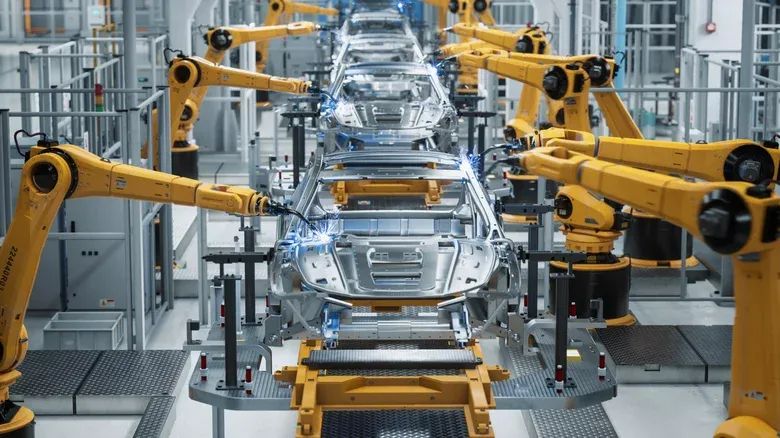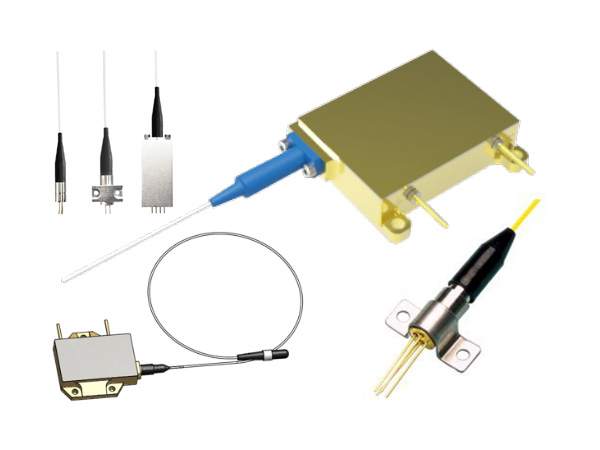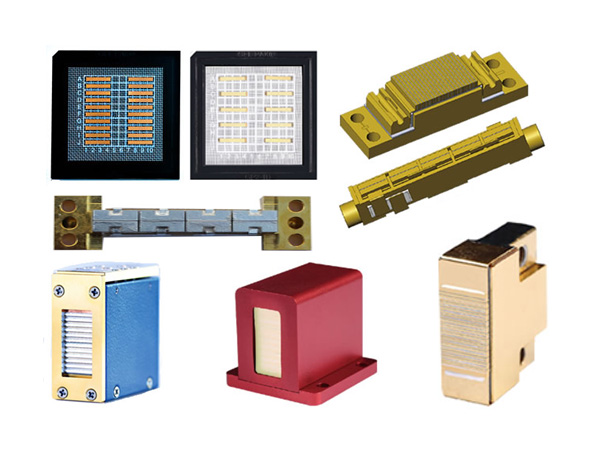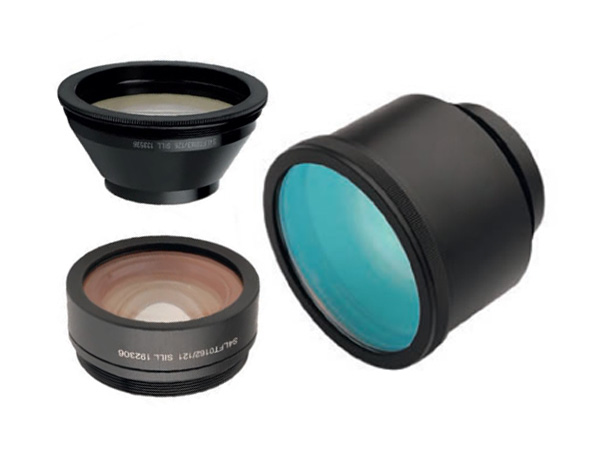Laser Cutting Head Innovation: How Auto-Follow Systems Conquer Complex Surfaces?
In the arena of advanced manufacturing, curved surface processing was once a daunting "forbidden zone". Imagine laser beams engraving precise patterns on the hood of a speeding sports car, or cutting hundreds of 0.5mm cooling holes on curved titanium alloy fuel tanks for aerospace applications. Traditional laser cutting faces challenges akin to "dancing on knife edges" – even a 0.1mm focal shift could cause rough edges or material burn-through. The advent of Z-axis Auto-Follow Systems equips lasers with "intelligent eagle eyes", breaking physical limits of processing accuracy.
1. Decoding Three Core Technologies
①Dual-mode Sensing System (Radar + Capacitive)
This technology achieves "tactile + visual" collaborative perception:
Millimeter-wave radar scans surface macro-deformations at 2,000Hz with ±0.02mm accuracy over 50mm range – equivalent to measuring petal thickness on a 300km/h bullet train.
Capacitive sensors detect micro-fluctuations with 0.1ms response, sensitive to 0.008mm height changes (1/10 hair width).
Case Study: When processing welded aluminum battery trays with 3mm waviness, the dual-mode system completed surface modeling in 0.05s, controlling focal error within ±0.015mm.

②AI Dynamic Focus Compensation
The system predicts material changes like a "prophet":
Machine learning analyzes 100,000 historical datasets to forecast deformation trends 0.5s in advance (Source: TRUMPF 2024 Report).
On 500mm-radius stainless steel tanks, traditional systems accumulated 0.15mm errors, while AI reduced this to 0.03mm – akin to controlling path deviation within a grain of sand on a football field-sized surface.
③Air Cushion Protection Technology
An "invisible shield" between nozzle and workpiece eliminates collision risks:
Adjustable 0.5-3mm air gap creates high-pressure barriers against splashes and vibrations.
For ship propeller processing (12-ton weight), nozzle collisions dropped from 27/month to 3/year, reducing maintenance costs by 83%.
2. Industry Performance Comparison
Three typical scenarios reveal generational technological gaps:
| Application | Traditional System | Auto-Follow System | Improvement |
| Auto Panel Trimming | 3 calibrations, 45mins/pc | Single setup. 18mins/pc | Efficiency ↑150% |
| Appliance Drilling | 82% yield, $2.1/pc rework | 99.5% yield, zero work | Cost ↓89% |
| Aerospace Structures | Max 30° tilt, manual intervention | 75° tilt cutting, full automation | Accuracy ↑400% |
3. Client Case: From Technical Barriers to Mass Production
A premium kitchenware manufacturer faced critical challenges processing 304 stainless steel sinks:
Traditional Method Pain Points:
37 monthly rejects due to surface deformation ($15200 loss)
R-corner burrs requiring 20mins/piece polishing
Speed limited to 6m/min, restricting capacity
Auto-Follow Solution:
Precision Leap: 300Hz Z-axis adjustment achieves ±0.1mm R-corner accuracy
Efficiency Revolution: Cutting speed doubles to 12m/min, cycle time↓58%
Cost Optimization: Annual savings of $190,000 in material costs and $90,000 in labor costs for polishing.
"This system boosted our curved product yield from 87% to 99.8%, finally securing long-term contracts with European luxury clients." – Mr. Wang, Production Director.
For more further information, pls click here.
 English
English Français
Français Deutsch
Deutsch euskara
euskara Русский язык
Русский язык Italiano
Italiano Português
Português Nederlands
Nederlands Polski
Polski Greek
Greek Lietuva
Lietuva Türkçe
Türkçe 日本語
日本語 한어
한어 中文
中文 தாமில்
தாமில் فارسی
فارسی हिंदी
हिंदी Tiếng Việt
Tiếng Việt ภาษาไทย
ภาษาไทย Pilipino
Pilipino Indonesia
Indonesia தாமில்
தாமில்





